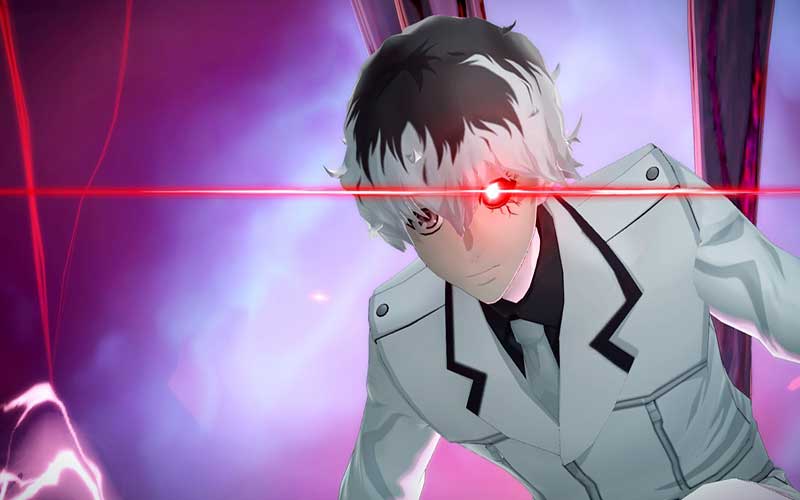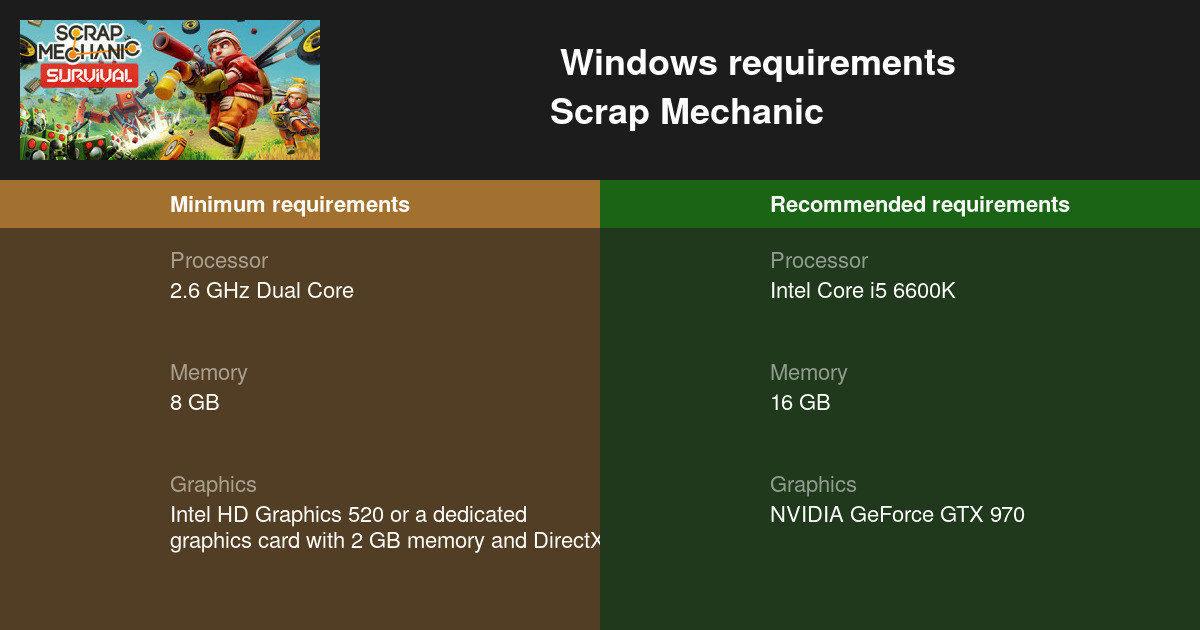

His Sensorama machine, which he patented in 1962, is one of the earliest examples of multimodal technology. Morton Heilig was known as the father of Virtual Reality, and for good reason. Nintendo claimed that a color display would have made the system too expensive and resulted in “jumpy” images, so the company opted for a monochrome display. In a manner similar to using a head-mounted display, the user looks into an eyepiece made of neoprene on the front of the machine, and then an eyeglass-style projector allows viewing of the monochromatic (in this case, red) image. The Virtual Boy created an illusion of depth through the effect known as parallax. Panned by critics and plagued by health and safety concerns, sales fell well short of expectations and production ceased by early 1996. Nintendo had shipped 350,000 units of the Virtual Boy by December 1995, around three and a half months after its North American release.
SCRAP MECHANIC ENEBA SOFTWARE
Content fell well short of expectations, however, with only 22 games ever being released for the system (a problem arguably still plaguing VR today) At the time of its release in 1995, Nintendo of America projected hardware sales of 1.5 million units and software sales numbering 2.5 million by the end of the year. The Virtual Boy was is a 32-bit table-top video game console touted as the first of its kind to offer stereoscopic 3D graphics that promised to totally immerse the players in their own private universe. And should you come across one at a garage sale somewhere, snap it up quickly, as fewer than 800,000 units were made worldwide, making it a valuable collector’s item. So while the console itself has been a failure, it was also ahead of its time in many respects, with the technology developed by Nintendo has since been incorporated into many of its products to this day.

The Nintendo Virtual Boy is widely considered one of the company’s greatest failures, yet it has also become a cult object, and learning a bit more about it also provides us with useful context on how the company has approached its latest (and much better received) efforts with the Nintendo Labo VR. But as we look back at these top ten products and ideas which have not “quite” made it over the years, we should bear in mind that experimentation is crucial for progress, and that many of these have represented significant advances that have brought us closer to the realization of the spatial computing revolution. The history of technology is rife with failure and the immersive industry is certainly no different. Īs America gets ready to celebrate Thanksgiving, we look back at some interesting tech turkeys. For more information about Nintendo, please visit the company’s website at. A wholly owned subsidiary, Nintendo of America Inc., based in Redmond, Wash., serves as headquarters for Nintendo’s operations in the Western Hemisphere.

It has also created industry icons that have become well-known, household names such as Mario™, Donkey Kong™, Metroid™, Zelda™ and Pokémon™. Since 1983, when it launched the Nintendo Entertainment System™, Nintendo has sold more than 4.4 billion video games and more than 696 million hardware units globally, including the current-generation Wii U, Nintendo 3DS and Nintendo 3DS XL, as well as the Game Boy™, Game Boy Advance, Nintendo DS, Nintendo DSi™ and Nintendo DSi XL™, Super NES™, Nintendo 64™, Nintendo GameCube™ and Wii systems.
SCRAP MECHANIC ENEBA PORTABLE
: The worldwide pioneer in the creation of interactive entertainment, Nintendo Co., Ltd., of Kyoto, Japan, manufactures and markets hardware and software for its Wii U™ and Wii™ home consoles, and Nintendo 3DS™ and Nintendo DS™ families of portable systems.


 0 kommentar(er)
0 kommentar(er)
